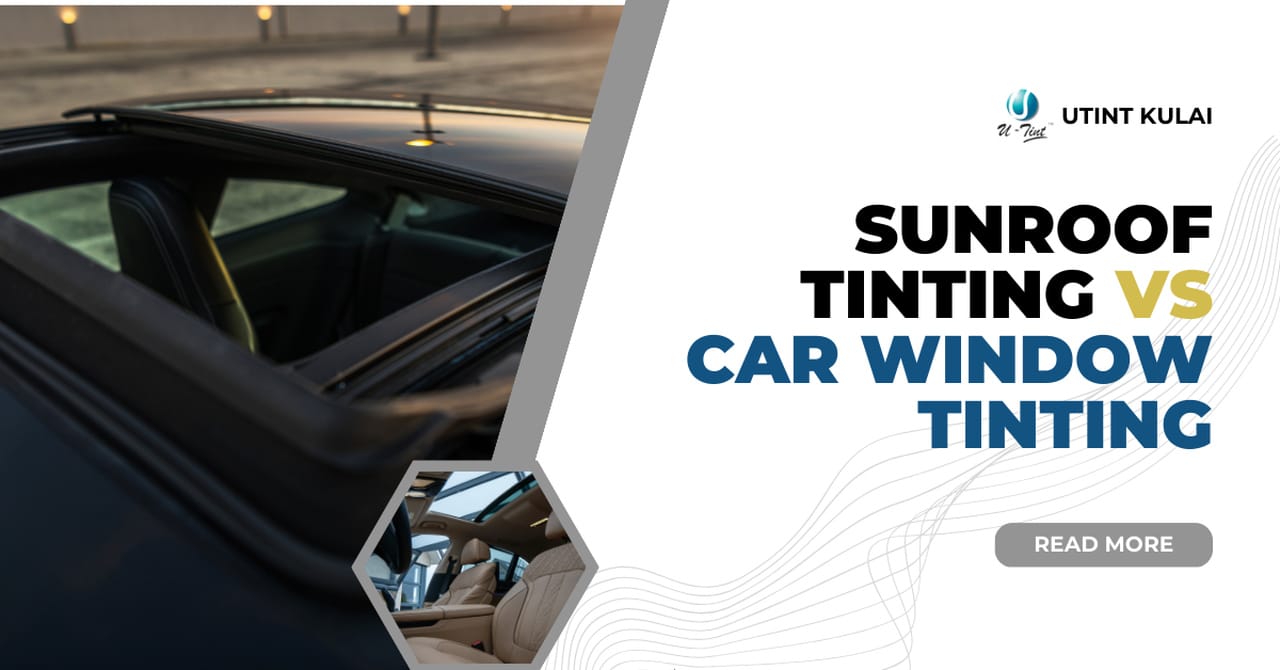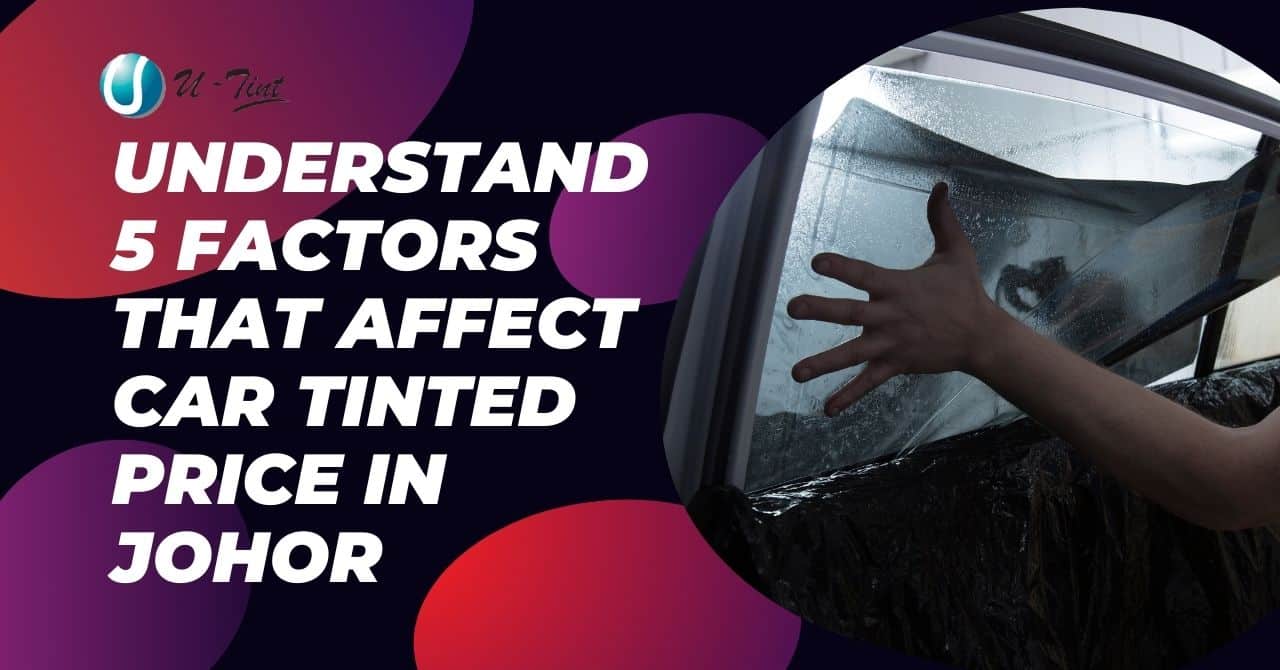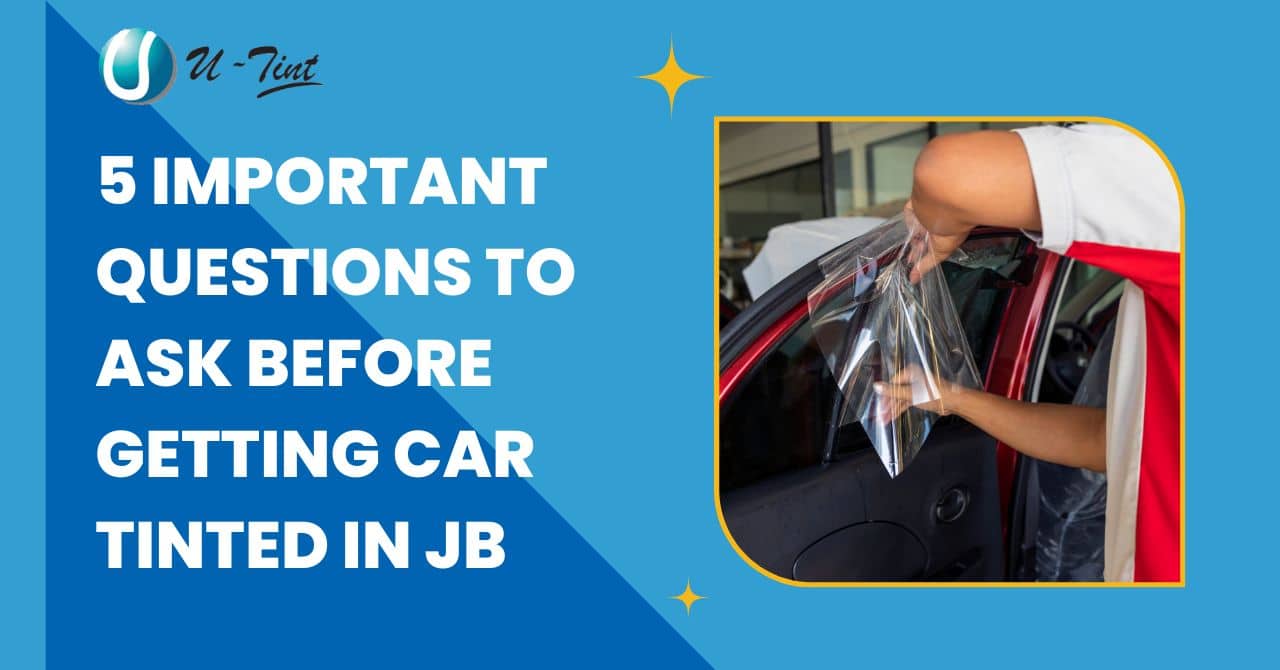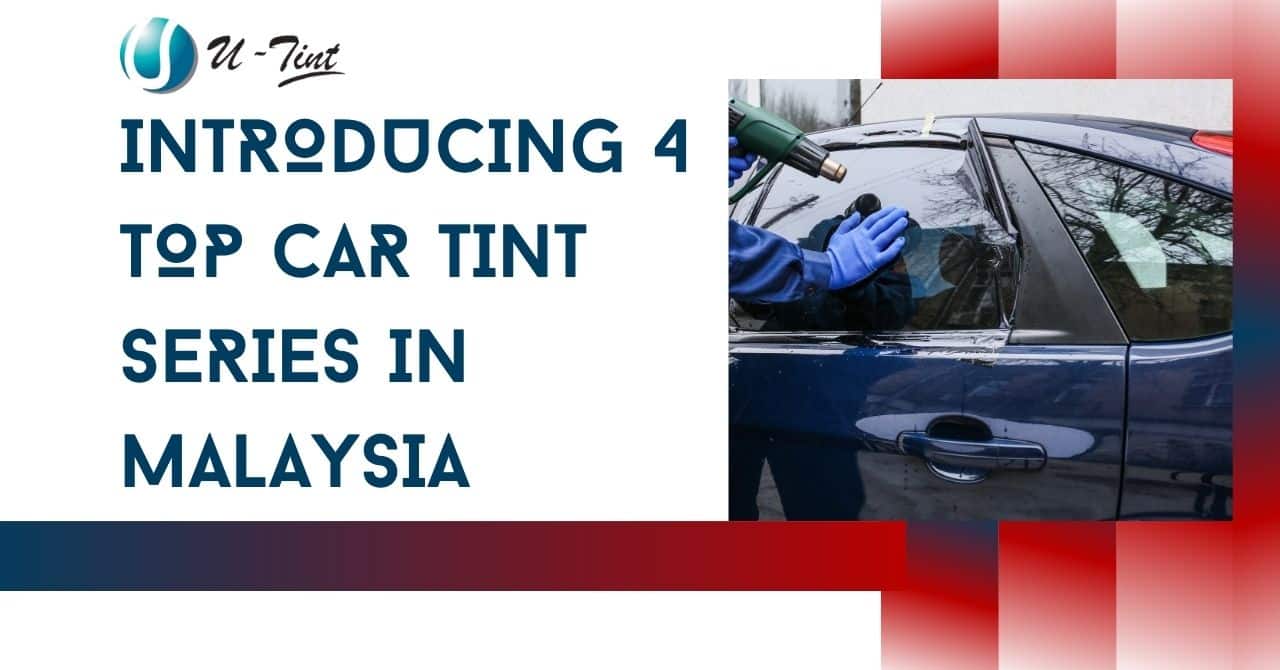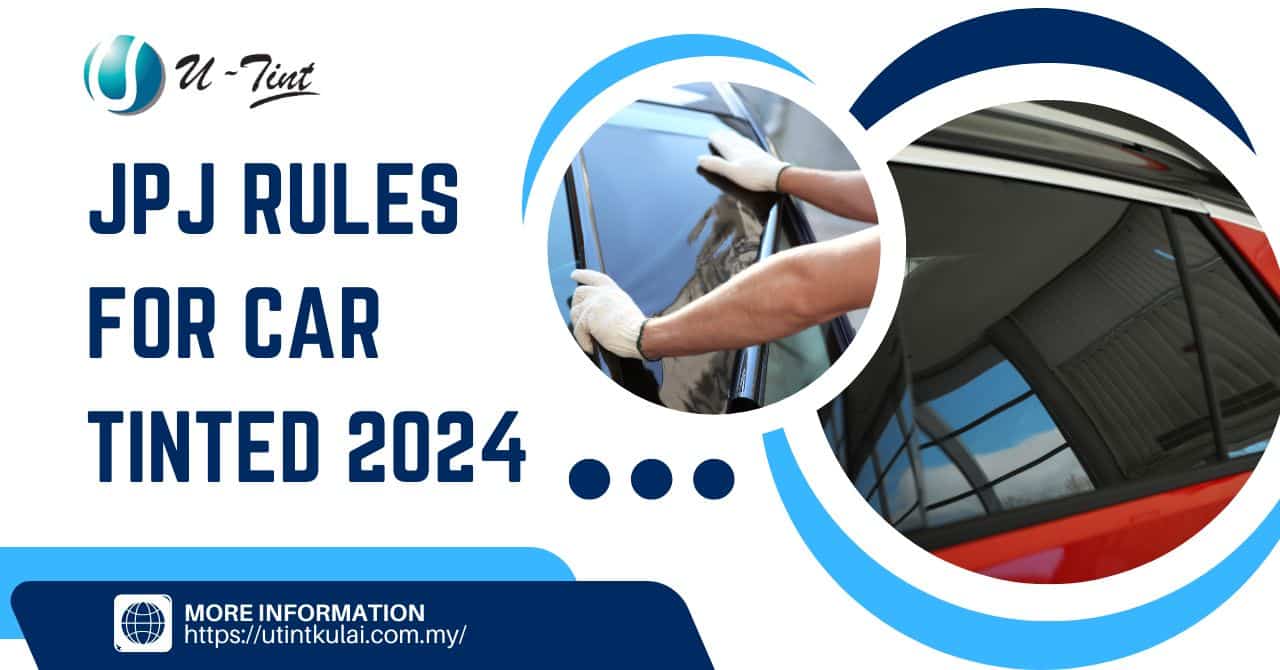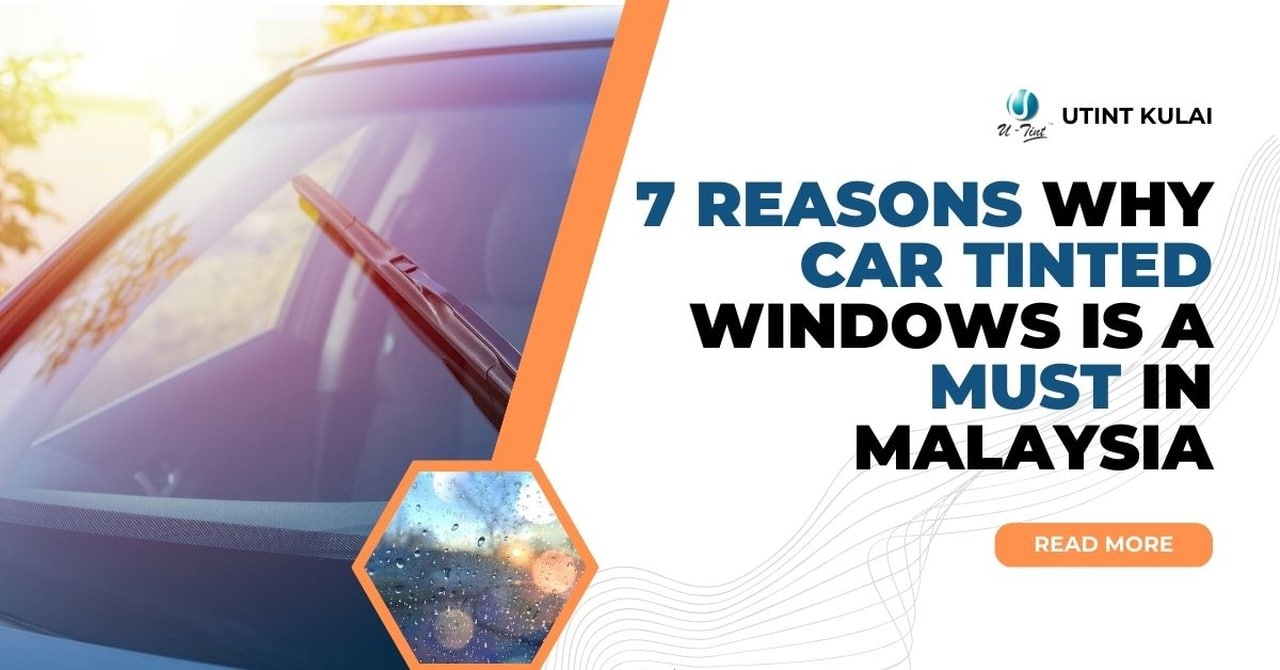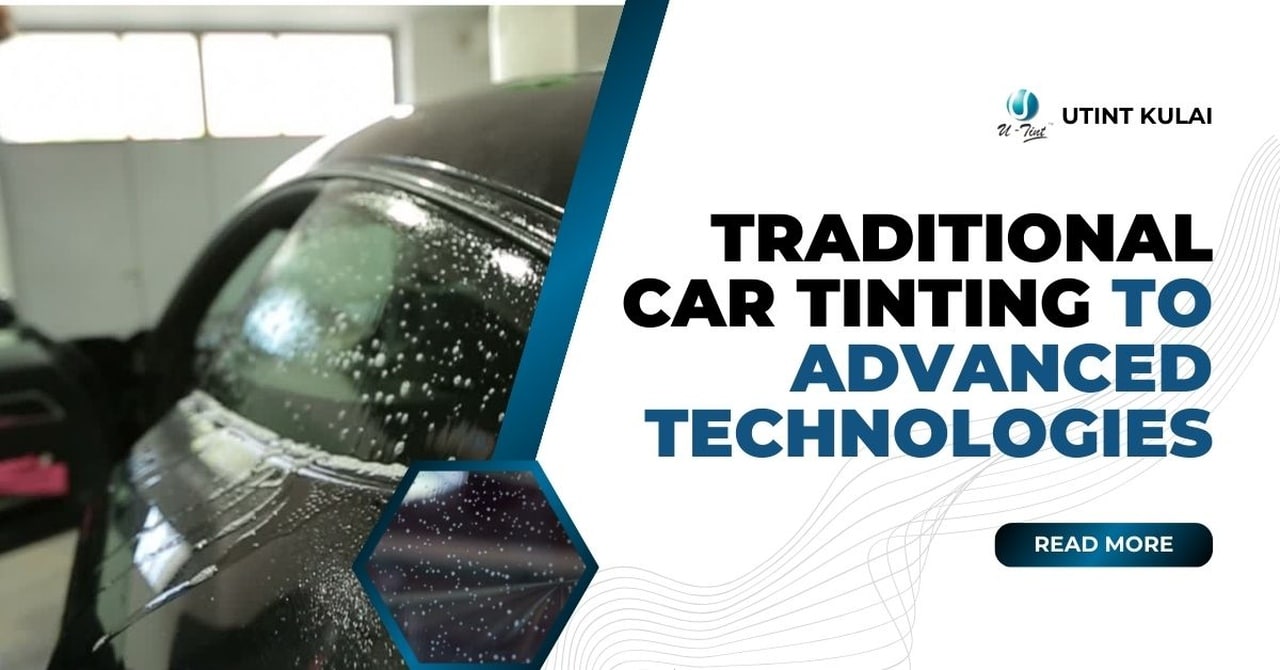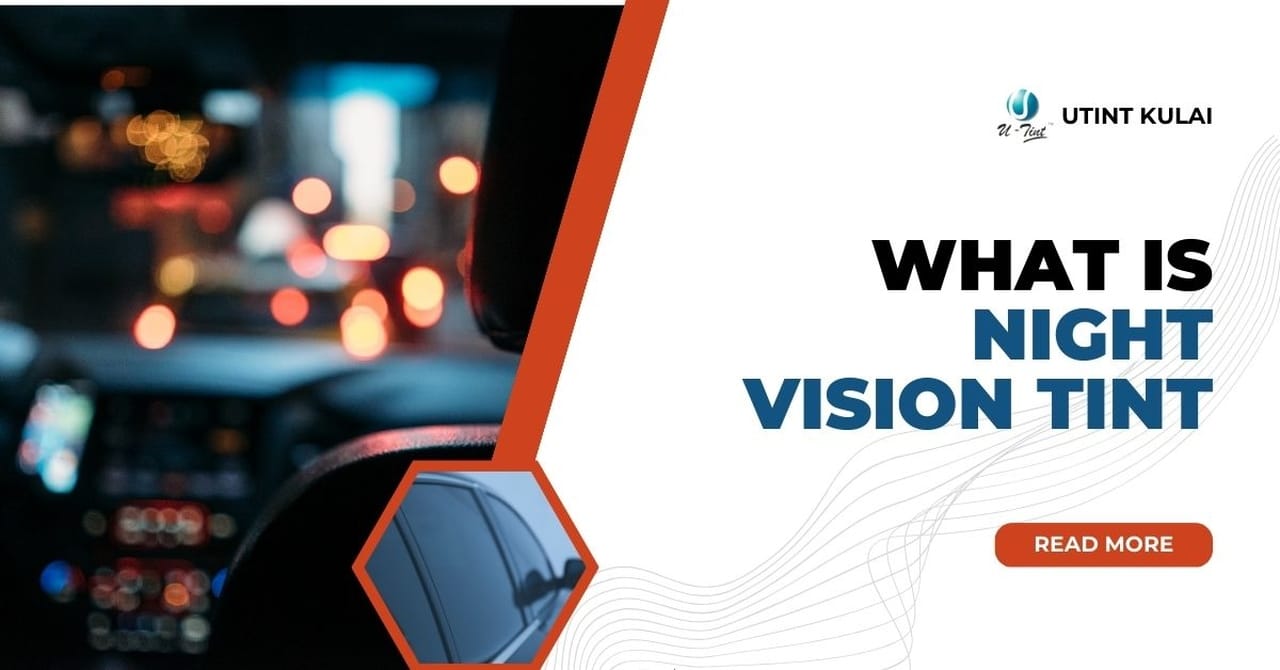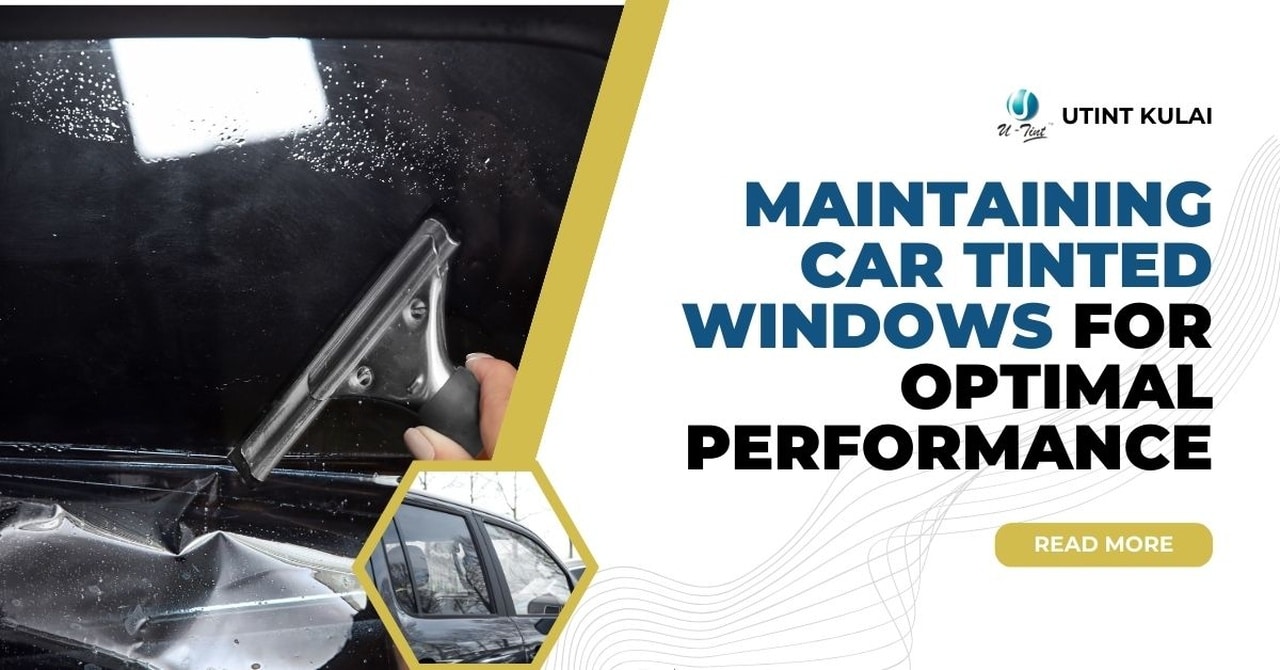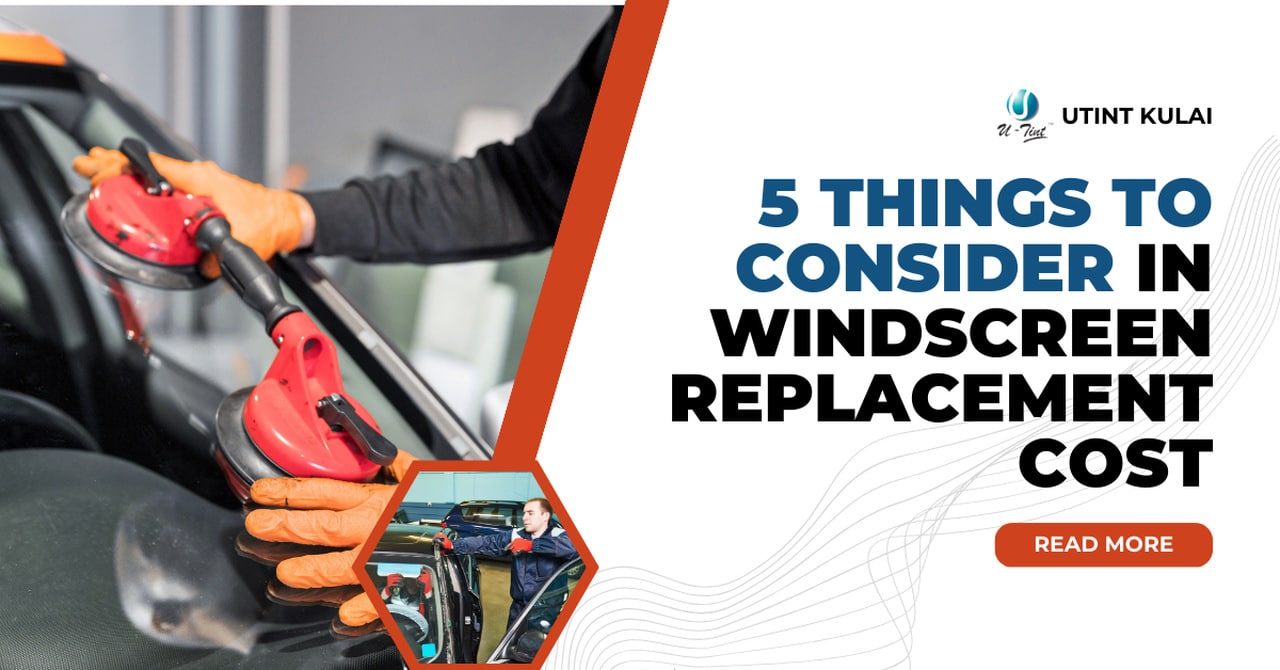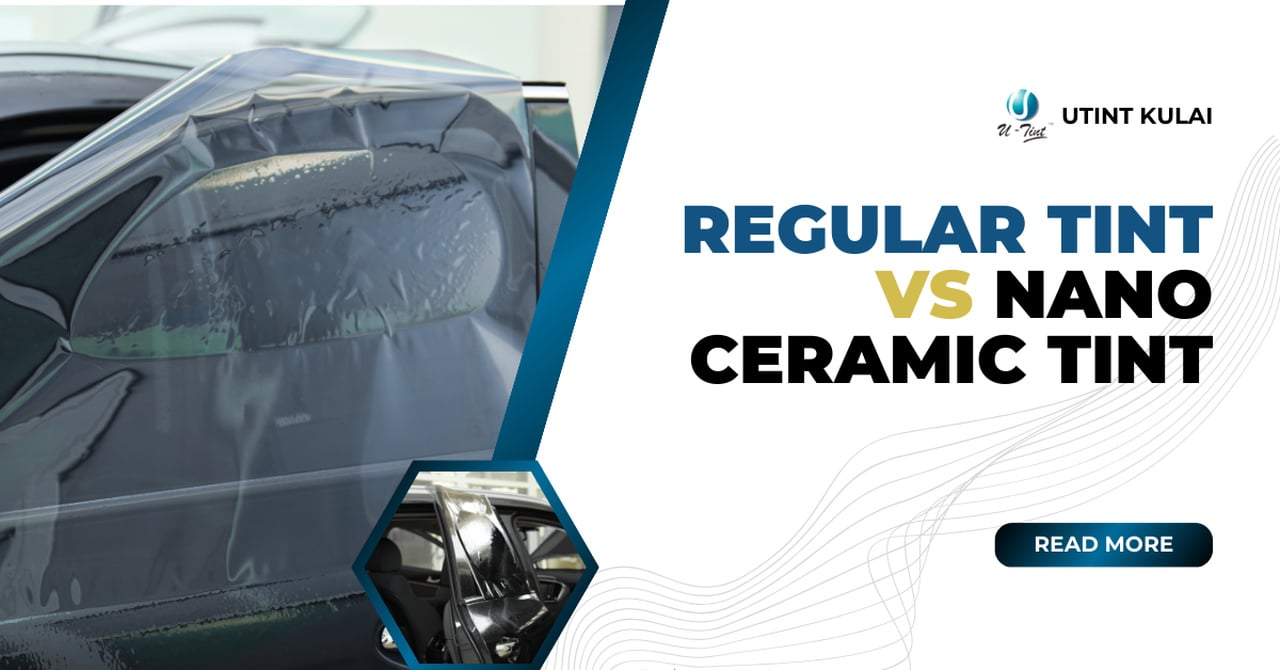Introduction
Sunroof tinting serves a specific purpose – reducing heat and glare from the sun specifically through the sunroof. When the sun shines directly through the sunroof, it can quickly heat up the interior of your car, making it uncomfortable to drive. Sunroof tinting helps to mitigate this issue by blocking a significant amount of heat and glare from entering your vehicle.
Furthermore, sunroof tinting can also provide added privacy. It prevents prying eyes from seeing inside your car through the sunroof, offering you peace of mind and an extra layer of security.
Lastly, sunroof tinting can help protect your car’s interior from harmful UV rays. Over time, exposure to UV rays can cause the upholstery and dashboard to fade, crack, or deteriorate. By applying sunroof tinting, you can significantly reduce the amount of UV rays that penetrate your car, thus prolonging the lifespan of your interior.
While sunroof tinting offers several benefits, it’s essential to consider some factors before making a decision.
One important consideration is the type of tint film you choose. There are various options available, such as dyed films, metallic films, and ceramic films. Each type has its advantages and disadvantages in terms of heat rejection, glare reduction, and durability. It’s important to research and consult with a professional to determine which type of tint film is best suited for your sunroof.
Additionally, the laws and regulations regarding sunroof tinting vary from state to state and country to country. It’s crucial to familiarize yourself with the legal limits and requirements in your area to ensure compliance. Failure to adhere to these regulations can result in fines or even the removal of the tinting.
Benefits of car window tinting
Car window tinting, on the other hand, is a broader application that includes all windows of the vehicle, including the front and back windshields. The benefits of car window tinting are more extensive compared to sunroof tinting.
One of the primary advantages of car window tinting is the reduction of glare. Glare from the sun or headlights of other vehicles can be distracting and dangerous, especially while driving. Car window tinting significantly reduces glare, providing a safer and more comfortable driving experience.
Car window tinting also offers increased privacy. It prevents outsiders from easily seeing inside your vehicle, giving you a sense of security and peace of mind. Whether you have personal belongings in your car or simply prefer a higher level of privacy, car window tinting can be an excellent solution.
Moreover, car window tinting provides protection against harmful UV rays. Just like sunroof tinting, car window tinting blocks a significant amount of UV rays from entering your car. This protection not only benefits you but also helps to preserve the interior of your vehicle, preventing fading and damage caused by prolonged exposure to sunlight.
While car window tinting offers numerous advantages, it’s crucial to consider various factors before making a decision.
One important factor to consider is the darkness of the tint. Different states and countries have specific regulations regarding the darkness or visible light transmission (VLT) percentage allowed for car window tinting. It’s essential to ensure that the tint you choose complies with the local laws to avoid any legal issues.
Additionally, the type of tint film used for car window tinting is another consideration. As with sunroof tinting, there are different types of tint films available, each with its characteristics and performance. Understanding the differences between dyed films, metallic films, and ceramic films can help you make an informed decision on which type best suits your needs.
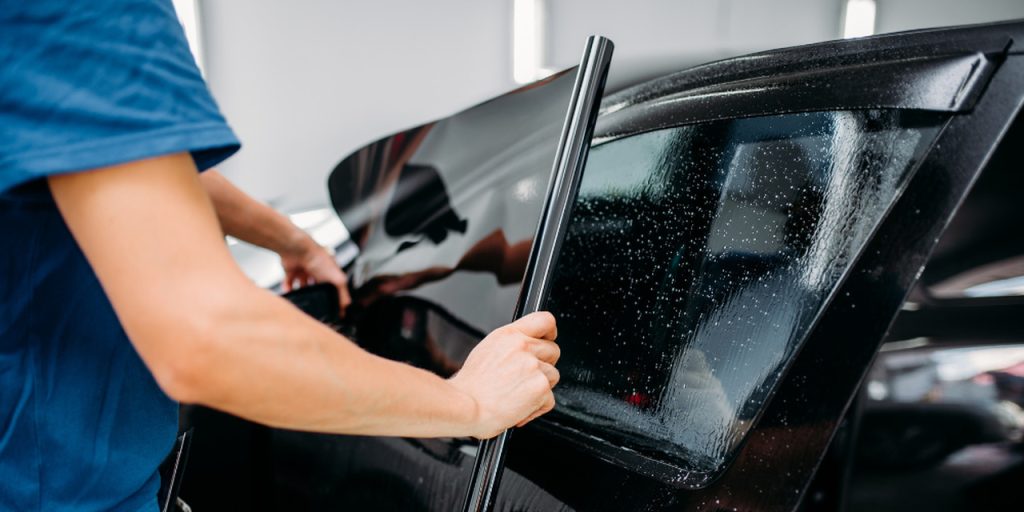
Sunroof tinting options and considerations
When it comes to sunroof tinting, there are several options and considerations to keep in mind.
Firstly, the type of tint film you choose for your sunroof is crucial. Dyed films are a popular and cost-effective option, providing good heat and glare reduction. Metallic films, on the other hand, offer higher heat rejection and better durability but may interfere with electronic signals in certain cases. Ceramic films are the top-tier option, offering the best heat rejection, UV protection, and clarity, but they can be more expensive.
Another consideration when tinting your sunroof is the shade or darkness level. The darkness of the tint can vary from very light to very dark. It’s important to find a balance between the desired level of heat and glare reduction and the legal requirements in your area.
Additionally, the quality of installation is paramount. Sunroofs can be more challenging to tint compared to other windows due to their shape and size. It’s recommended to seek professional installation to ensure a seamless and long-lasting result. Professionals have the expertise and tools necessary to properly apply the tint film without any bubbles or imperfections.

Car window tinting options and considerations
When it comes to car window tinting, there are various options and considerations to take into account.
Firstly, the type of tint film used for car window tinting is critical. As mentioned earlier, dyed films, metallic films, and ceramic films are the most common options. Each offers different levels of heat rejection, glare reduction, and durability. It’s essential to consider your specific needs and preferences when choosing the right type of tint film for your car windows.
Another consideration is the darkness or VLT percentage allowed in your area. Different states and countries have specific regulations regarding the darkness of car window tinting. It’s crucial to ensure that the tint you choose complies with these regulations to avoid any legal issues.
Additionally, the quality of the installation is crucial for car window tinting. Improper installation can result in bubbling, peeling, or discoloration of the tint film. It’s highly recommended to have your car window tinting done by a professional with experience in the field. Professionals can ensure a seamless and long-lasting installation, giving you peace of mind and optimal performance.
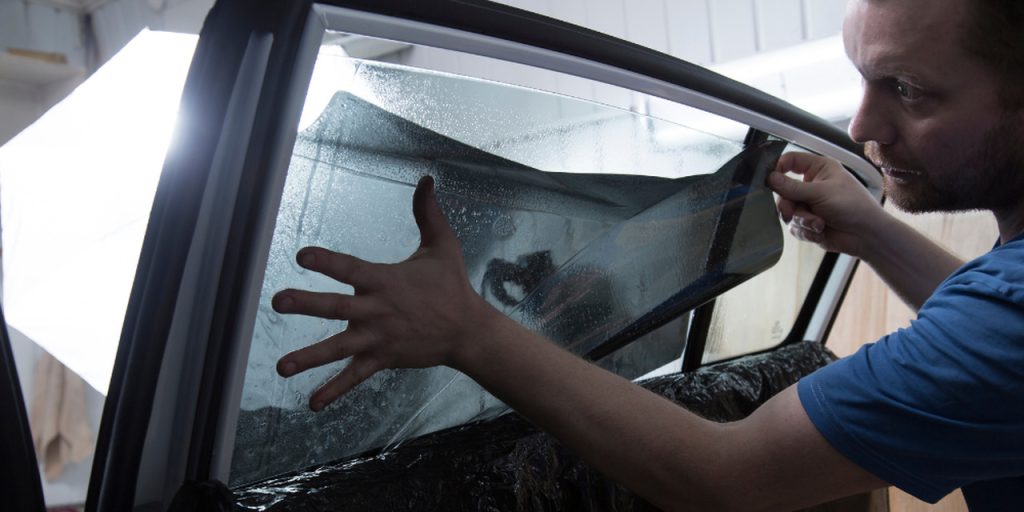
Factors to consider when choosing between sunroof tinting and car window tinting
When deciding between sunroof tinting and car window tinting, there are several factors to consider.
One factor is your specific needs and preferences. If you primarily want to reduce heat and glare from the sun specifically through the sunroof, then sunroof tinting may be the best option for you. On the other hand, if you want comprehensive glare reduction, privacy, and UV protection for all windows of your vehicle, then car window tinting would be the better choice.
Another factor to consider is your budget. Sunroof tinting is generally less expensive compared to car window tinting since it involves a smaller area. However, the cost can vary depending on the type of tint film chosen and the complexity of the installation. It’s important to consider your budget and weigh it against the benefits and features of each option.
Lastly, the legal regulations in your area should also be taken into account. Ensure that you are familiar with the laws regarding tint darkness and visible light transmission percentage for both sunroof tinting and car window tinting. Adhering to these regulations is essential to avoid any legal issues down the line.
Professional installation vs DIY installation
While some may consider DIY installation for sunroof tinting or car window tinting to save money, it’s generally recommended to opt for professional installation.
Professional installers have the necessary experience, skills, and tools to ensure a seamless and long-lasting result. They can properly clean the windows, cut the tint film to size, and apply it without any bubbles or imperfections. Additionally, professionals often provide warranties on their work, giving you peace of mind and protection in case of any issues.
DIY installation, on the other hand, can be challenging, especially for those without experience. It requires precise measurements, proper cleaning, and careful application of the tint film. Without the right techniques and tools, DIY installation can result in unsatisfactory results and wasted money.
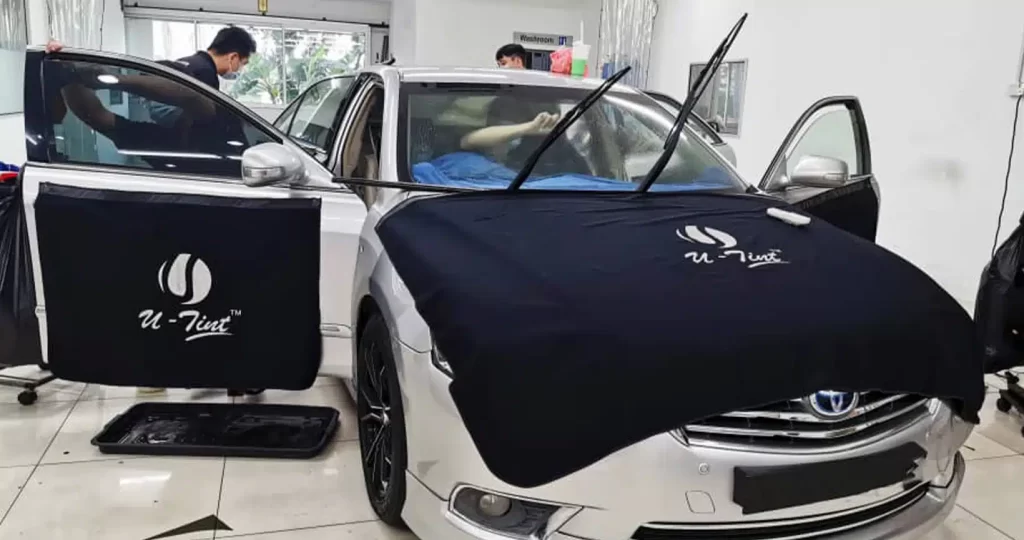
Cost comparison of sunroof tinting and car window tinting
The cost of sunroof tinting and car window tinting can vary depending on several factors.
Sunroof tinting is generally less expensive compared to car window tinting. Since it involves a smaller area, the cost of the tint film and installation is typically lower. However, the cost can vary depending on the type of tint film chosen, the darkness level, and the complexity of the installation.
Car window tinting, on the other hand, is generally more expensive due to the larger area and additional windows involved. The cost of car window tinting depends on factors such as the type of tint film, the darkness level, the number of windows, and the complexity of the installation.
It’s important to consider your budget and weigh it against the benefits and features of each option. While cost is a significant factor, it’s essential to prioritize quality and professional installation to ensure optimal performance and longevity.
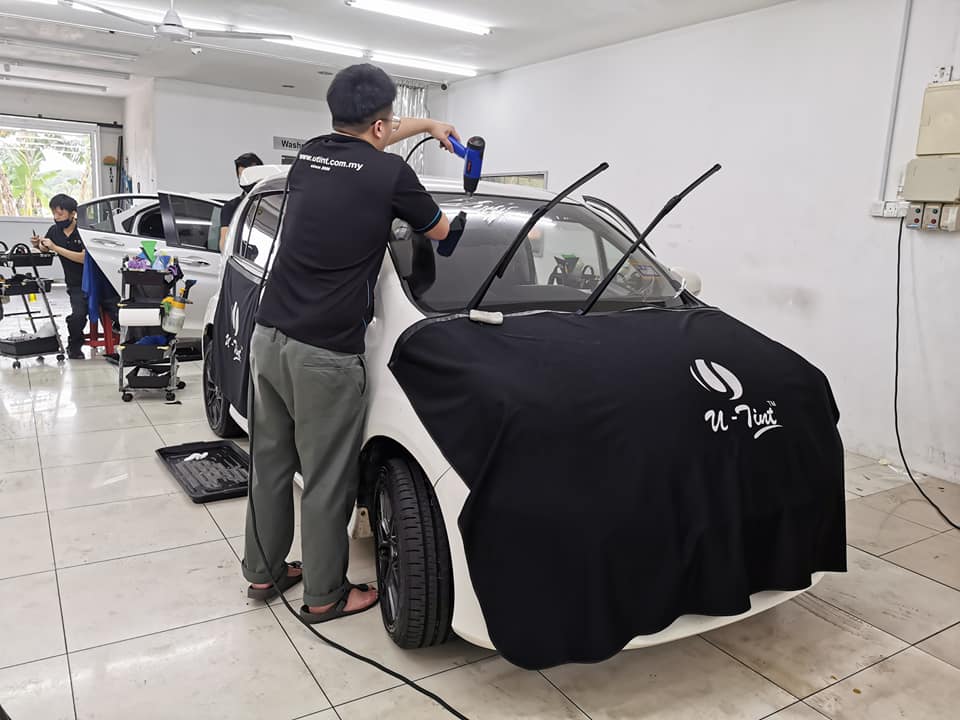
Maintenance and care for sunroof tinting and car window tinting
Proper maintenance and care are crucial for both sunroof tinting and car window tinting to ensure their longevity and performance.
For sunroof tinting, it’s recommended to avoid using abrasive cleaners or sharp objects that could scratch or damage the tint film. Cleaning the tinted surface with a soft cloth and a mild, non-ammonia based cleaner is usually sufficient. Regular cleaning helps to remove dirt, dust, and fingerprints, keeping the tint film looking fresh and clear.
Similarly, for car window tinting, it’s important to avoid using abrasive cleaners or sharp objects that could damage the tint film. Cleaning the tinted surface with a soft cloth and a mild cleaner specifically designed for tinted windows is recommended. Regular cleaning helps to remove dirt, fingerprints, and other debris, ensuring optimal visibility and appearance.
It’s also essential to avoid rolling down the windows immediately after tinting to allow the tint film to fully adhere to the glass. Most professionals advise waiting at least 48 hours before rolling down the windows.
Conclusion
In conclusion, both sunroof tinting and car window tinting offer various benefits and considerations. Sunroof tinting focuses on reducing heat and glare specifically through the sunroof, providing added privacy and UV protection. Car window tinting, on the other hand, offers comprehensive glare reduction, privacy, and UV protection for all windows of the vehicle.
When choosing between sunroof tinting and car window tinting, it’s essential to consider factors such as your specific needs and preferences, budget, and legal regulations in your area. Professional installation is highly recommended for both options to ensure a seamless and long-lasting result.
No matter which option you choose, proper maintenance and care are crucial for the longevity and performance of the tint film. Regular cleaning and avoiding abrasive cleaners or sharp objects will help keep the tint looking fresh and clear.
By considering these factors and understanding the differences between sunroof tinting and car window tinting, you can make an informed decision that best suits your needs and preferences. So, whether you’re looking to reduce heat, glare, or enhance privacy, tinting your sunroof or car windows can be a great investment for both comfort and style.
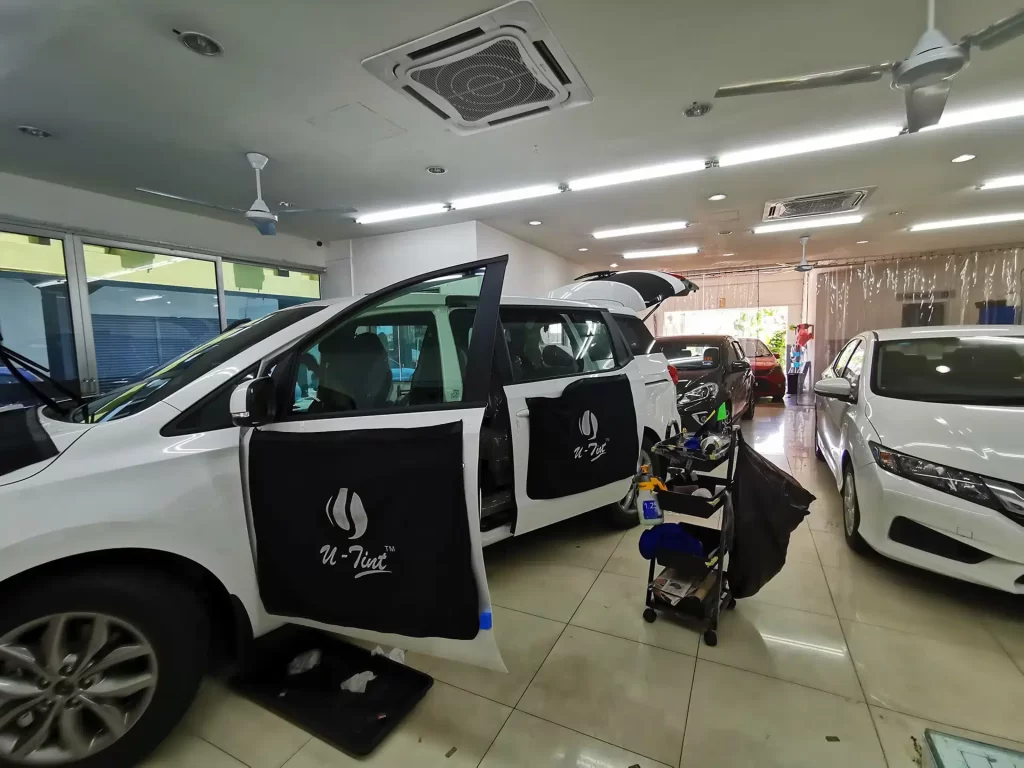
FAQ
Absolutely. Sunroof tinting can be applied to existing sunroofs, providing the desired benefits without the need for a replacement.
No, high-quality window tinting films are designed to maintain visibility at night while reducing glare from headlights.
Yes, legal limits for window tinting vary by location. It’s crucial to research and adhere to local regulations to avoid legal issues.
The installation time depends on the complexity of the tinting and the professional’s expertise. Generally, it can take a few hours for car window tinting and longer for sunroof tinting.
Yes, window tinting can be removed; however, it’s recommended to seek professional assistance to ensure a clean and residue-free removal.
Modern window tinting films are designed not to interfere with electronic signals, ensuring the seamless operation of devices.

